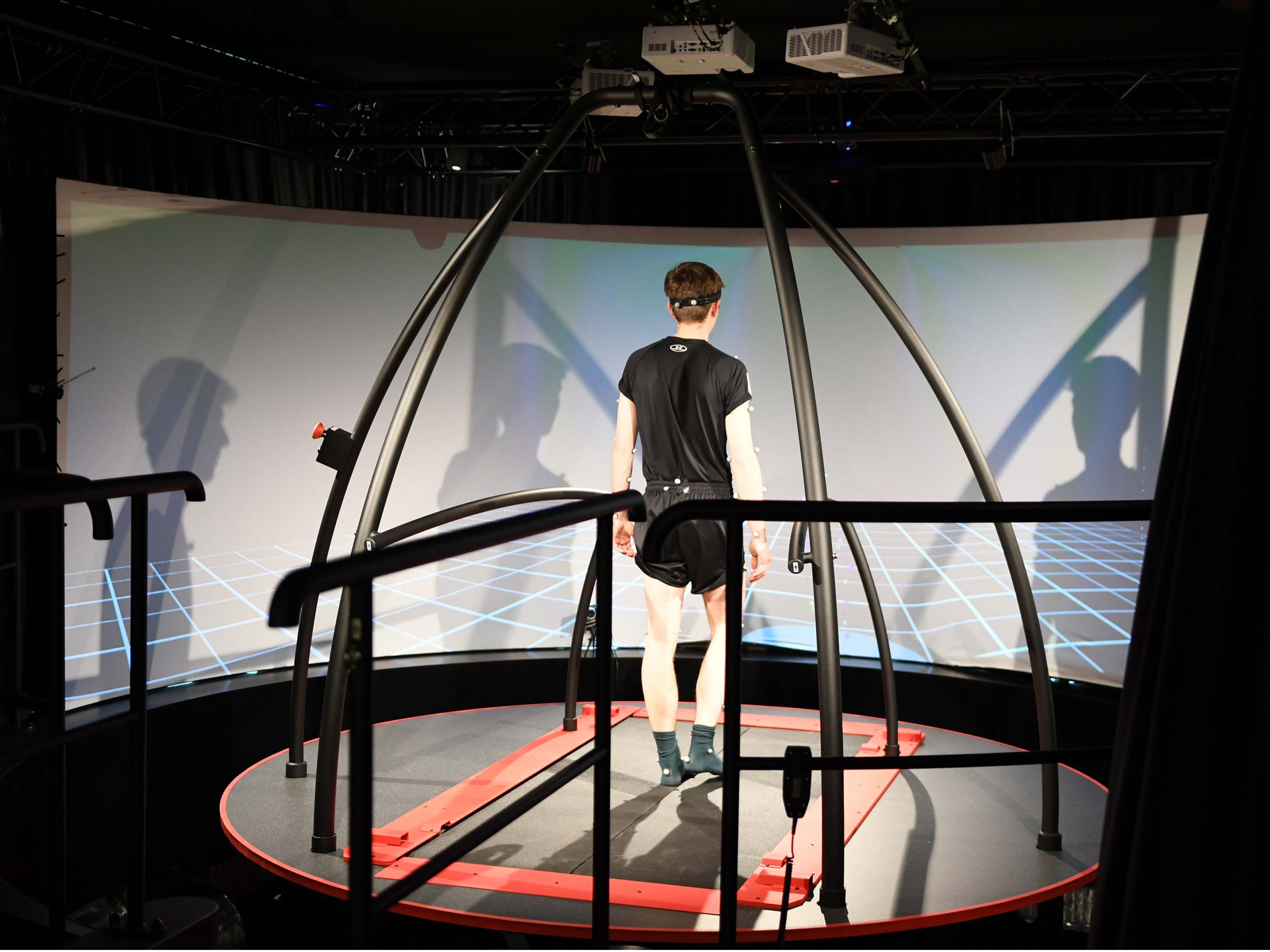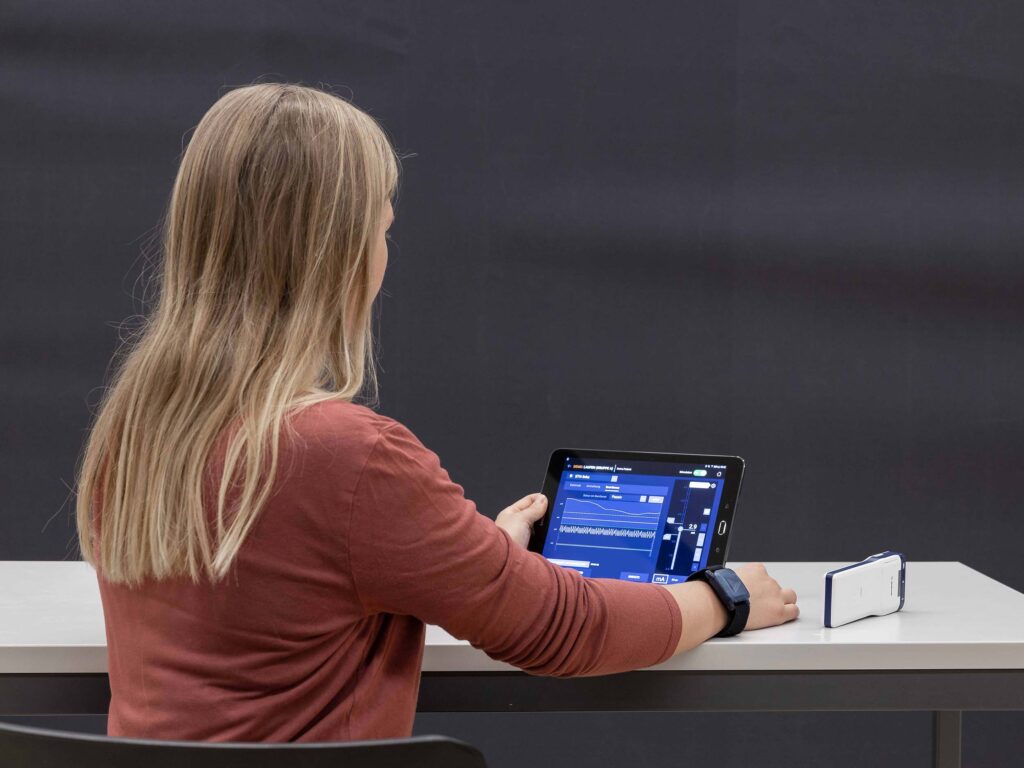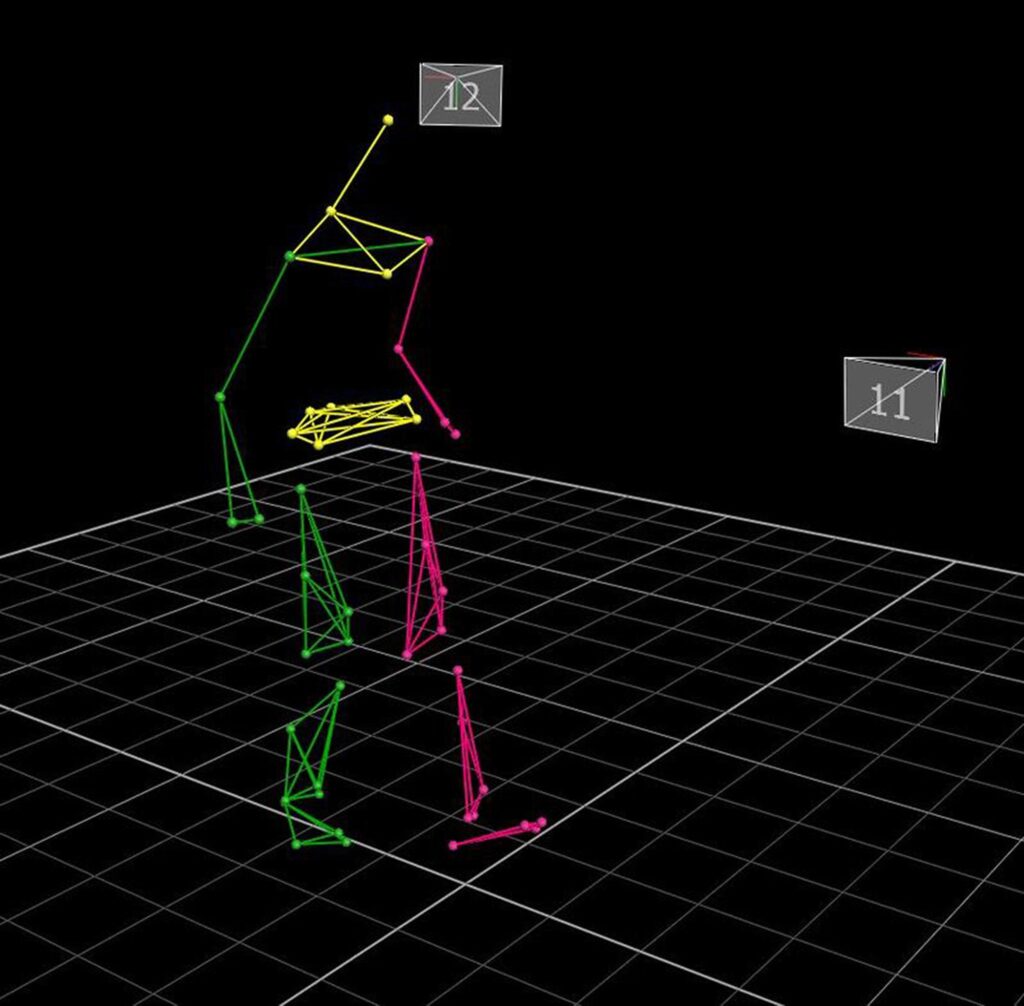StimuLOOP – personalized rehabilitation of tomorrow

Parkinson’s disease and stroke are two of the most common neurological diseases in older people, severely limiting quality of life and mobility. Thanks to new therapies that combine personalized training with consolidation of what is learned during sleep, treatment should be improved.

StimuLOOP is an interdisciplinary research consortium that studies the two most common neurological diseases in the elderly: stroke and Parkinson’s disease. Both diseases result in severe movement limitations and reduce the independence of patients in everyday life. This leads to considerable losses in quality of life and causes significant costs in the health and care system. WHO projections show that the need for stroke rehabilitation will develop exponentially by 2040, while the incidence of Parkinson’s disease will increase faster than that of any other neurological disease.
Although effective treatments exist, there is wide variation in how successful treatments are in different patients. StimuLOOP is investigating how to improve the treatment of both diseases using personalized and highly accurate therapies. In addition to standard therapy, patients undergo personalized training in which they learn to influence their movement patterns consciously. In addition, the newly learned movement patterns are consolidated in the brain during sleep using contemporary methods from neuroscience.
For training, we use biosignals from brain activity patterns or movement patterns, depending on the patient. For consolidation, we use an associative memory mechanism – similar to how the smell of freshly baked cake might awaken childhood memories. Using this technique, we can “reawaken” the trained movement pattern while the patient sleeps, thus consolidating the memory. The goal is a comprehensive and modern treatment, which should enable the patients a fast rehabilitation and improved quality of life.
The methods and technologies used will be presented at Scientifca 2023. Visitors will have the opportunity to actively try out simulations of the treatment methods to gain insight into the therapy of tomorrow.
Among others, you will experience the following four areas:
- Personalized measurements: Precise analysis of the gait pattern using artificial intelligence
- Neurofeedback: Actively modulating brain signals to control a moving robot
- Consolidation: Deriving brain signals during our “sleep challenge”, simulations on the methods used
- Adaptation: Determining what pathological walking is to provide feedback to improve walking


